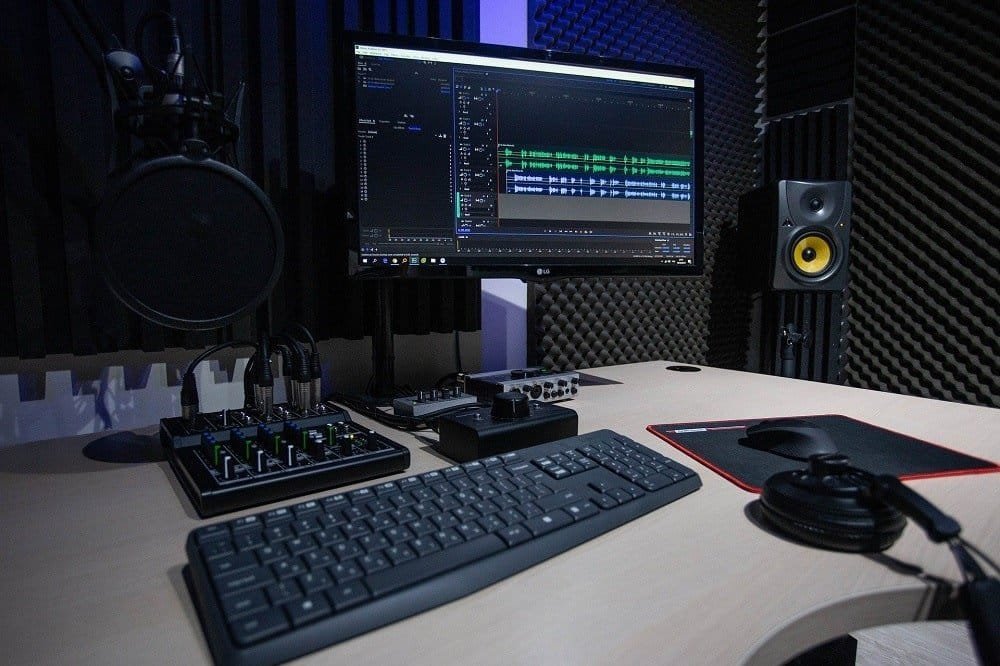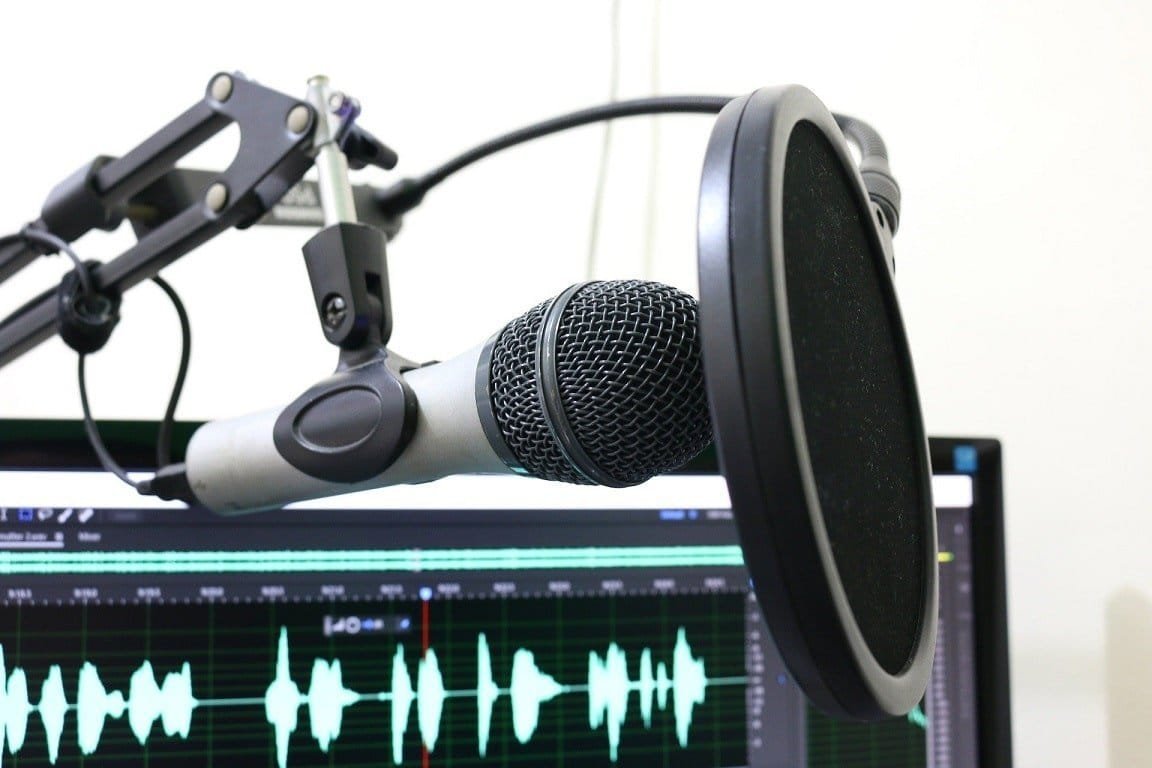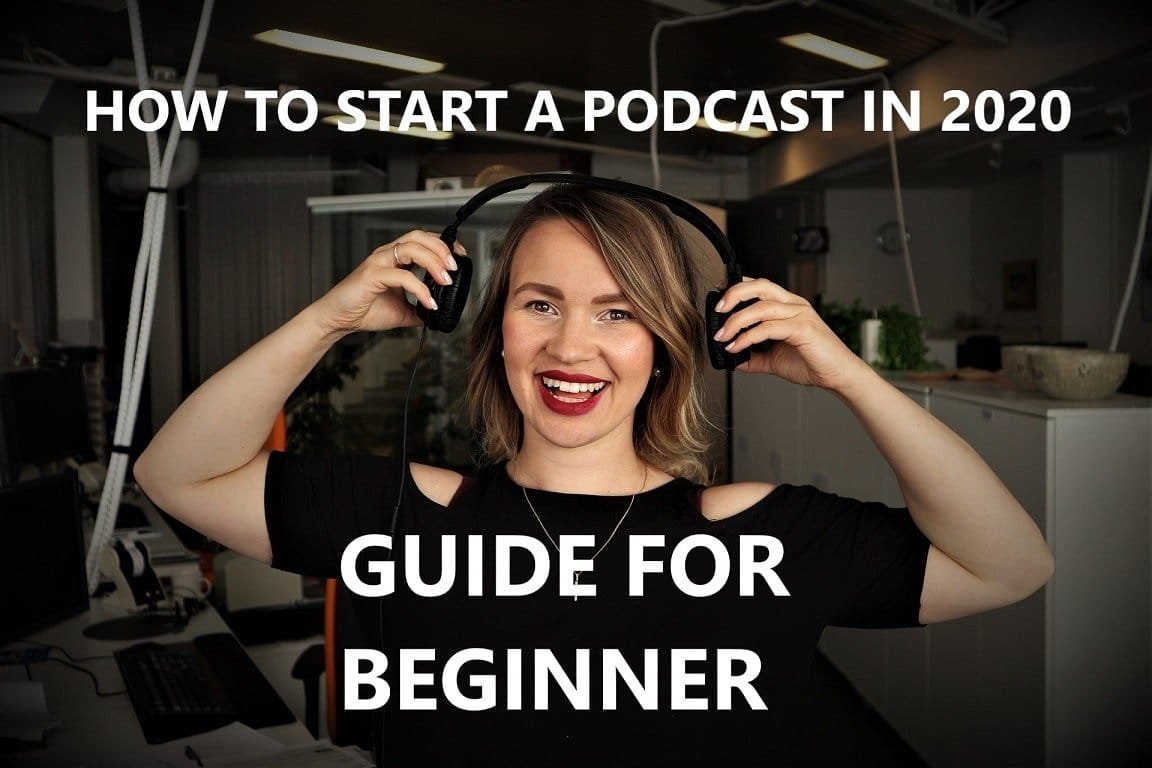The podcast is an emerging multimedia phenomenon in the internet world, and the term podcasting derives its name from the iPod and the word broadcast from Apple.
Podcasting involves transmitting audio content to iPods and other portable media devices, such as MP devices, usually over the Internet. Users can also download podcasts to their media player via an internet-connected PC.
Let’s know the exact meaning and the way the podcast is getting popular all over the world.
What Does a Podcast Mean?
A podcast is a combination of conventional radio format and 2.0 recording technology, both inspired by solid Internet ideals and the free-culture movement. They’re not only perfect alternatives to content if you don’t want to become a YouTube star, but they’re also a fantastic way to reach your audience.
The idea of a podcast, a (mostly) online audio-only broadcast, could seem like a novel idea, but that may not be the case.
Although the Web (or the world?) saw the introduction of the first podcast in 2004, they’ve seen a bit of a revival ever since. Now, if you’d instead vocalize your thoughts, they are a perfect alternative to a blog with a series of blog posts.
Although they take time than writing a post, they’re more manageable for the listener to absorb, because they can interact passively just about anywhere by listening to a podcast.
There are a few items to remember before you click the record button and post your podcast to iTunes or your website. Let’s See a step-by-step guide on how you can launch a podcast.
Steps of creating a Podcast service.
Also Read: 5 Reasons Why You Can’t Earn Money From Blog Like Pro
Step#1 Identify Your Objectives for Starting the Podcast Service.
There is no need to produce a podcast unless you understand who you are making the podcast for — and what you think they will do after listening to it. You can be aiming at educating, influencing, or selling an idea.
Report your target and audience, and do not deviate from these. This will be the foundation of everything else you do in your podcast creation and publishing.

Step#2 Make Your Gut to Face Problems
It’s going to be fun to create your podcast, particularly if you have a passion for the topic that you cover. That said, you’ll need to face some hard truths. Those harsh facts are just something you’ll have to deal with to move forward, which shouldn’t deter you in any way.
Following are some examples of what one would expect:
- Sorry, but there are more than likely several podcasts like yours, and in some instances, in some episodes, you’ll probably discuss almost the same thing. Still, your personal opinion and perspective on it is not in the podcast world, so be sure to give it your best!
- Do this for pleasure and not for attention. If you are always trying to get a “big break” from one of your episodes, you will end up being frustrated. As long as you keep loving to build your show, you have already won.
Step#3 Setting up Your “Audio Equipment”
You shouldn’t spend a lot of time building your podcasting space. Only a proper mic and a quiet place to record are all you need.
Although you could spend hundreds of dollars on a microphone, a USB microphone like the Blue Snowball ($49 on Amazon) is a decent place to start. Without having external adapters, USB microphones can be inserted directly into most laptops.
You don’t have to spend much time building a luxurious studio, either. The trick is to record in a quiet location without creating much of an echo. For example, rooms with carpets and heavy drapes are better at absorbing (or “deadening”) sound than tiled rooms with plenty of smooth, flat surfaces that can create a hollow echo effect.
Step#4 Choose Editing Software for Podcasting

You’ll need podcast editing tools to polish up your podcast recording. The basic options to get you started are free. It is easier to use software that has fewer features to master the app. After you’ve mastered the basics, you can opt to remain basic or upgrade to a premium edition with fancy features.
You should upgrade your audio editing program to a full DAW (Digital Audio Workstation), once you become a regular podcaster.
You can connect components to the software suite here and run them all over a single graphical user interface (GUI). You get such open-source GUIs as GTK and Qt. But this sort of editing program is more advanced than we are talking about here.
Examples of best Podcasting software packages
- Adobe Audition (formerly Cool Edit Pro)
- GarageBand
- Audacity
- Auphonic
- Open Broadcaster Studio
- Zoom
Step#5 Start to Record the Show
Create a diagram of the series and the messages that you’ll send. You can opt to script tiny podcast pieces — please don’t script the entire thing. Keep it easy. Minimize distractions in the house so that you can concentrate on the subject. If you don’t have a recording studio, find a spot to eliminate echoes.

Step#6 Share Your Podcast Over the Social Media
You may not have realized it, but for a good reason: you may spend more time on social media than recording your podcast. If you have a weekly podcast, your listeners should devote their attention to you one day a week, as that is theoretically all that you require.
By posting your own original content and other related content on your social media, you can remain in the game all the other days, and you don’t have to launch a new show. Social media is definitely a fantastic forum for promoting your brand but also for reaching your audience, and connecting with the fans. Don’t skimp on the part here. This is where you will be when you don’t log, edit or upload your latest episode.
Step#7 Submit Your Show to Google Play Music or iTunes.
Since many people listen to podcasts via mobile apps, making yours accessible on as many of these platforms as possible is crucial.
iTunes is the largest and most important place to send your podcast. In reality, a lot of other podcast apps will add your podcast automatically once it appears on iTunes.
Guidelines for uploading your podcast to iTunes vary from time to time, but the most up-to-date guidelines are available here.
Google Play Music will also have your podcast submitted.
Be sure to share your new episodes on your social media platforms and your website, in addition to getting your podcast released with these services.
Step#8 Do it Over and Over Again.
You’re certainly not getting thousands of podcast listeners overnight. In reality, thousands of you may not even benefit. Don’t give up if your podcast doesn’t bring out immediate fruit. Ignore the above steps and develop them continuously.
Make sure you give your podcast time to develop and get time to find out the complexities of the podcasting community. Yeah, you’ll need to decide sooner or later if your podcast brings the ROI you’re looking for, but don’t hurry. Patience. Keep learning and increasing your chances of becoming an excellent podcaster.
Step#9 Enjoy Yourself While Entertaining Listeners
Podcasting is a lot of work, so making sure you have fun while doing it is crucial. Choose a fun topic and get started. Good luck!
Conclusion
I do hope you’ve enjoyed the tutorial on how to start a podcast.
If you’re overwhelmed, continue with step 1 and take it step by step.
Try to have fun on your podcast, too. If you don’t have a blast, then your audience and your sponsors will say. Howes says, “Do it because you enjoy it, pay attention to the reviews, and remain true to your goal, and there will be ways to make money out of your show.”
So, Keep doing your podcasting in a perfect way.
Have a Good Day!
